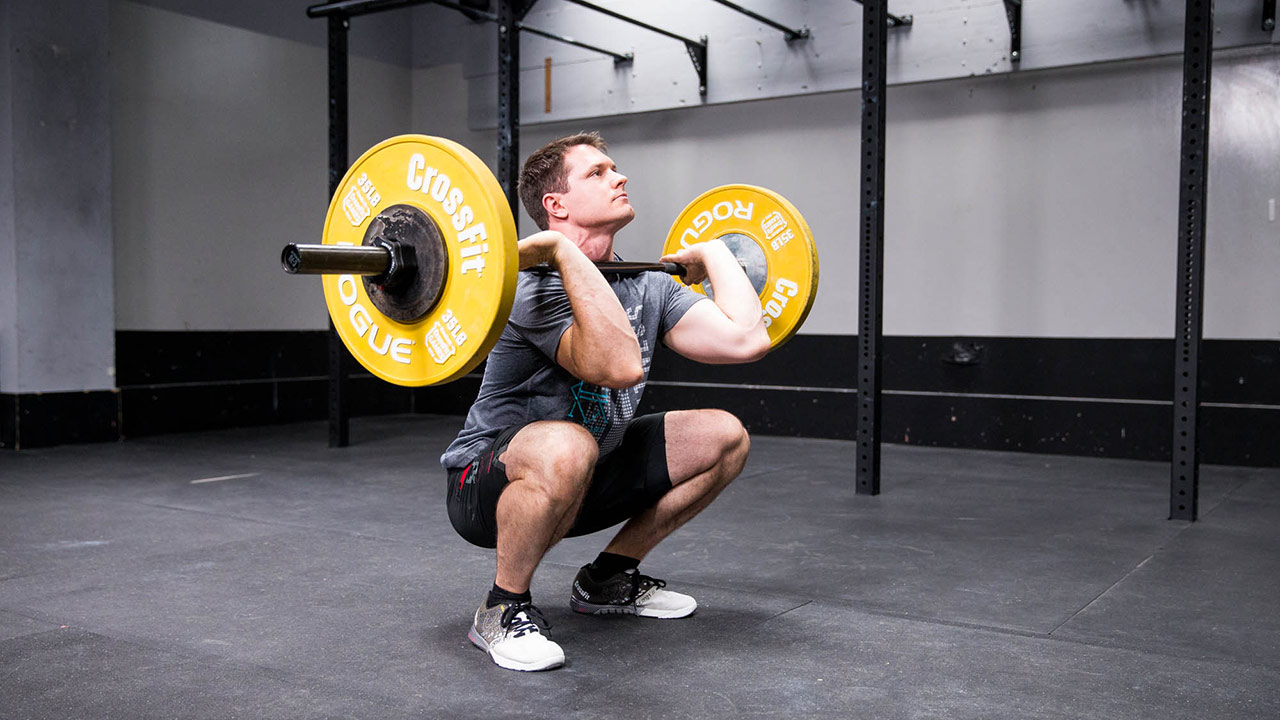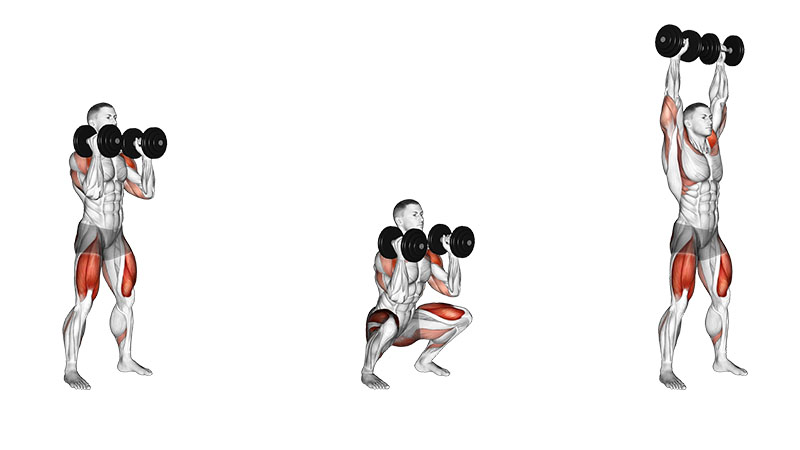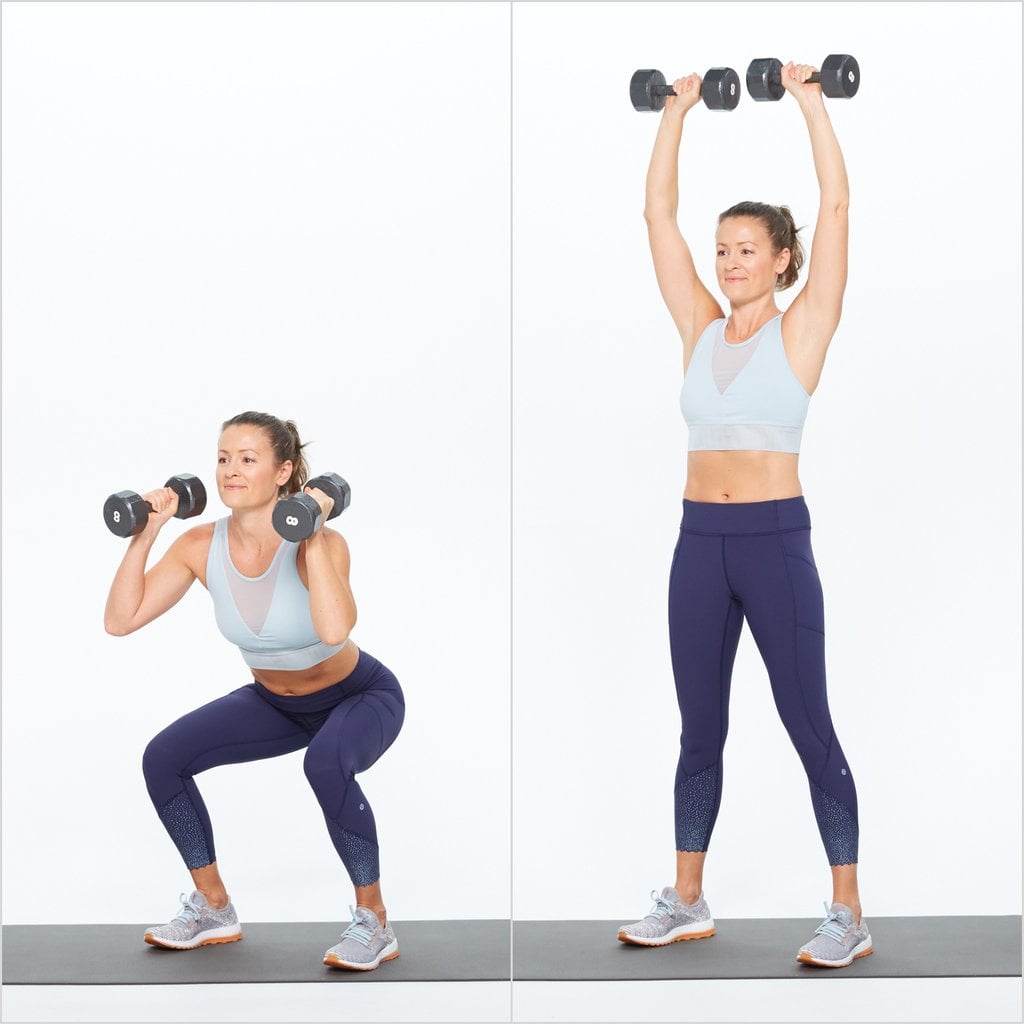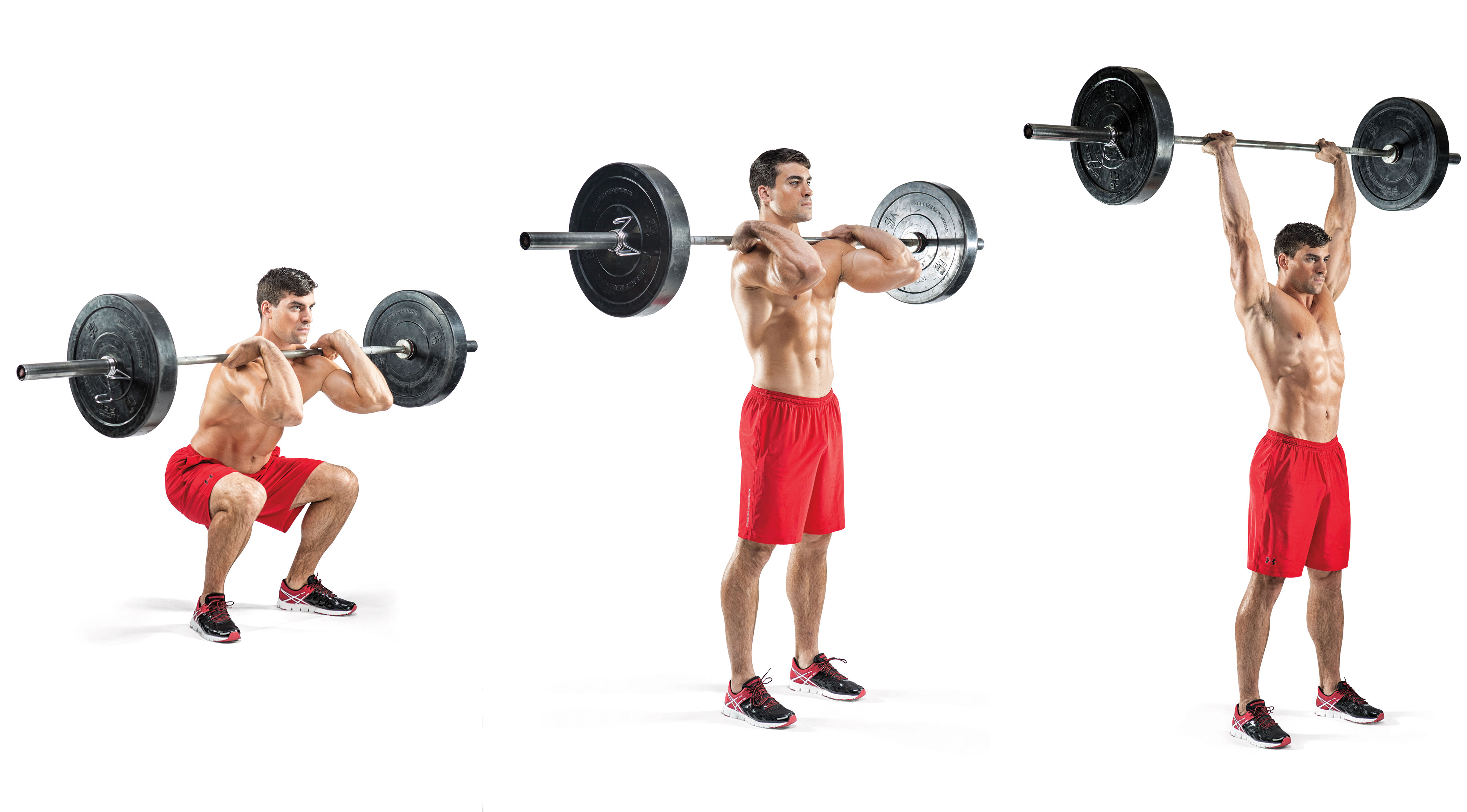
Thrusters are an essential component in modern-day marine engineering. They are used to provide propulsion to a ship or a boat. In this article, we will explore the various types of thrusters and how they work.
What are thrusters?

Thrusters are devices that generate a thrust to move a ship or a boat in any direction. They are installed on the hull of the vessel and can be maneuvered to provide directional control. Thrusters are installed in the bow and stern of the vessel to provide lateral movement and precise maneuvering.
Types of thrusters

There are mainly two types of thrusters, bow and stern thrusters. Bow thrusters are located in the bow of the vessel and provide forward and lateral movement. Stern thrusters are located in the stern of the vessel and provide backward and lateral movement.
Bow thrusters

Bow thrusters are used to provide lateral movement to the vessel, which helps in docking and maneuvering in tight spaces. They work by creating a sideways thrust that helps in changing the direction of the vessel. Bow thrusters are powered by electric or hydraulic motors and are controlled by a joystick or a control panel.
Stern thrusters
Stern thrusters are used to provide backward and lateral movement to the vessel. They work similar to bow thrusters but are located in the stern of the vessel. They are mainly used in large vessels to provide precise maneuvering during docking and unloading operations.
How do thrusters work?

Thrusters work by creating a thrust that moves the vessel in any direction. They use different methods to generate the thrust, such as electric motors, hydraulic motors, and water jets.
Electric thrusters

Electric thrusters are powered by electric motors that are connected to a propeller. They generate a thrust by rotating the propeller, which creates a flow of water that moves the vessel in any direction. Electric thrusters are mainly used in small vessels and pleasure boats.
Hydraulic thrusters

Hydraulic thrusters are powered by hydraulic motors that are connected to a propeller. They generate a thrust by rotating the propeller, which creates a flow of water that moves the vessel in any direction. Hydraulic thrusters are mainly used in large vessels and commercial ships.
Water jet thrusters

Water jet thrusters work by using a high-pressure water jet to generate a thrust. They are powered by electric or hydraulic motors and are mainly used in high-speed boats and naval vessels.
Advantages of thrusters

Thrusters have several advantages over traditional propellers. They provide precise maneuvering and directional control, which makes docking and unloading operations easier. They also reduce the risk of damage to the vessel and the dock during docking operations.
Conclusion
Thrusters are an essential component in modern-day marine engineering. They provide precise maneuvering and directional control, which makes docking and unloading operations easier. There are mainly two types of thrusters, bow and stern thrusters, which are installed in the bow and stern of the vessel. Thrusters work by creating a thrust that moves the vessel in any direction and use different methods to generate the thrust.